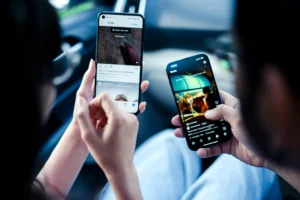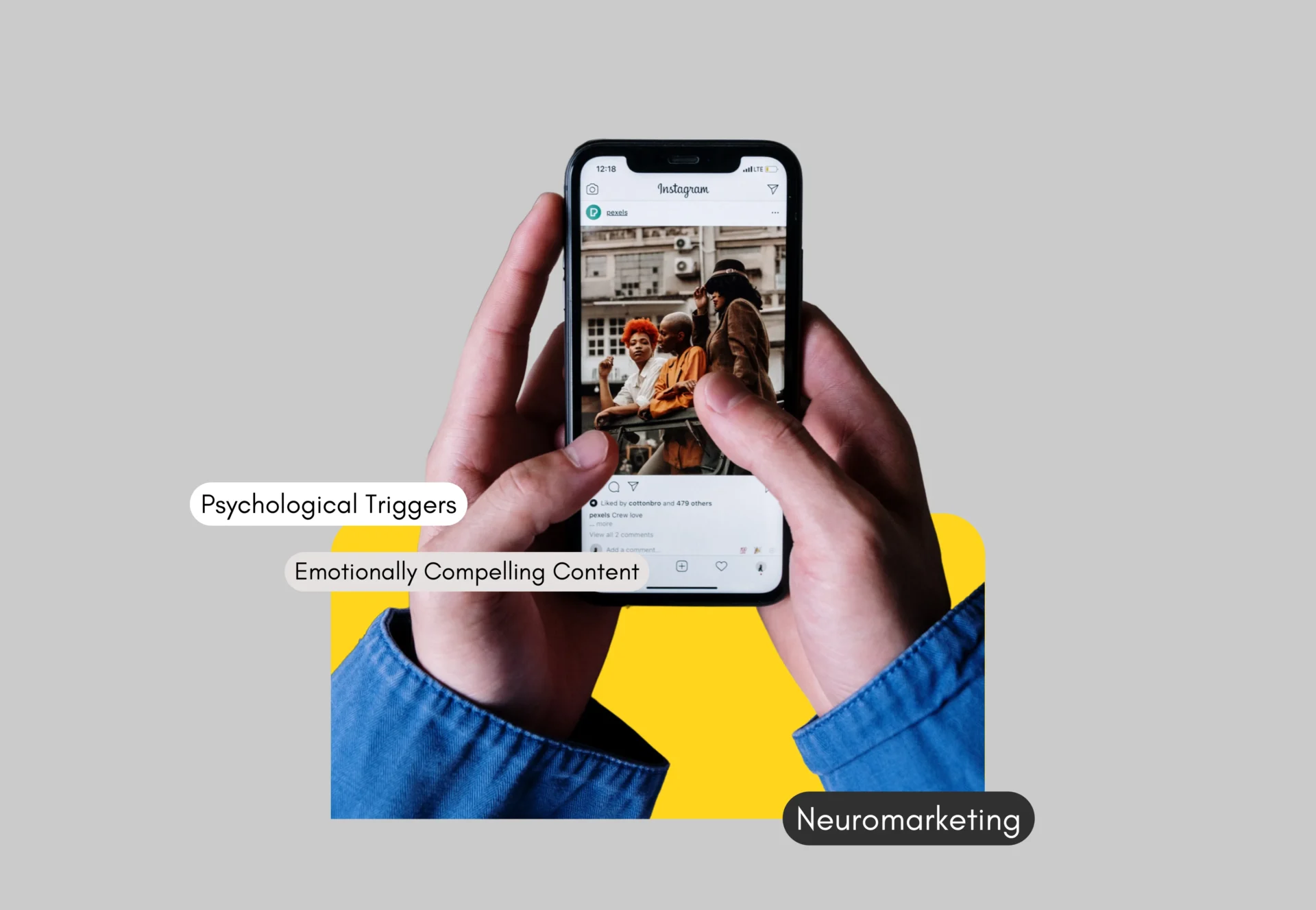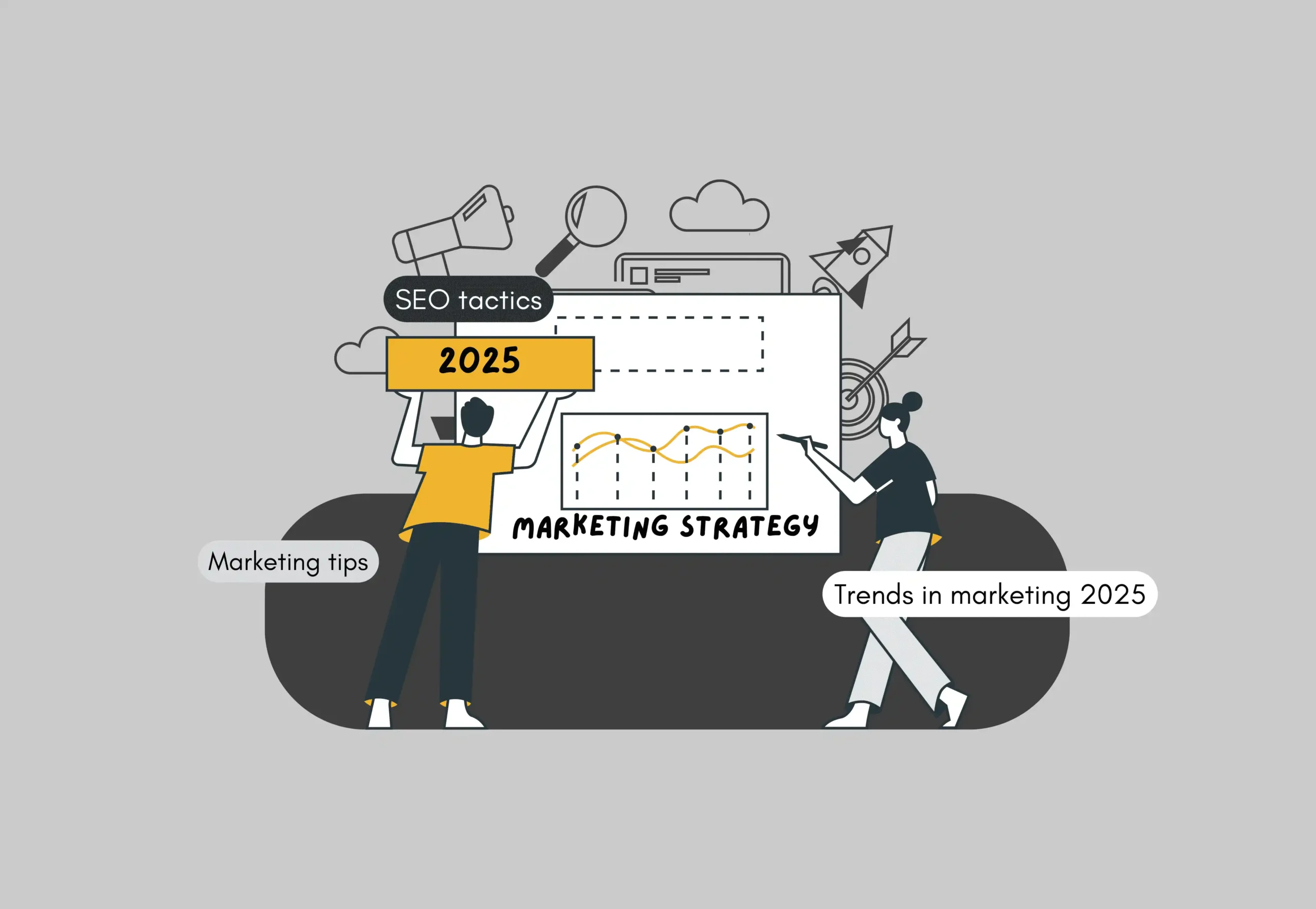The idea that short-form video is becoming more popular is surely not new to you, But what is causing its rise? What does this signify for companies trying to interact with customers via this format?
Imagine This Scenario: You’ve just started your workday and opened up that massive report you need to finish when a mate sends you a couple of Instagram reels.
You assume it’ll only take a few minutes to view the reels, but before you know it, an hour has passed. You’ve been drawn down the rabbit hole, viewing video after video while that massive report lies on your desk, unfinished.
Do you see where the rabbit hole takes you?
The Popularity Of Instagram Reels
As per Tiktok insights, more than one billion active users spend a whopping 95 minutes daily on the platform, which is mind-boggling. Tiktok was very popular in Asia, especially in India commanding a huge user base. That is why when the Indian government banned TikTok in India, Instagram made its brief video feature “reels” in a month to munch on this opportunity.

With 230.25 million users, India is the biggest market for Instagram Reels, followed by The United States and Brazil. Since then, the popularity of reels has skyrocketed and is still growing.
What Exactly Has Caused The Rise Of Reels?
We have extremely busy lifestyles and ever-shortening attention spans. Most of us today have this feeling of always being in a hurry. While this tendency is found in every age group, it is most common among young people.
In a study conducted in 2016, the normal human capacity to focus is currently eight seconds, which is just two seconds more than that of a goldfish. One justification for this decline is the expanded utilization of data.
Philipp Lorenz of the Max Planck Institute for Human Development says that the content is expanding in volume, which drains our attention, and our desire for ‘novelty’ compels us to switch between topics more quickly.
A study shows that Gen Z has an attention span of only 8 seconds, a couple of moments more limited than millennials. Also, we know that generation Z, born in the technological boom era, has stormed the internet lately. It’s nothing unexpected then, at that point, that short-format video has seen its prominence as of late, with these social media junkies driving the way in consuming it.
These reels may appear harmless and fun but are extremely addictive. Studies have shown that 76% of people use social media at work, decreasing productivity.
Let’s dig deeper to comprehend why people go down these rabbit holes (and how they can climb out and get back to work).
Why Are Reels So Addictive?
We know there’s a gambling addiction, right? But we don’t often talk about how our devices and these platforms and apps have these same addictive qualities baked into them.
After grabbing the attention, the reels focus on the reward system of the users. Necessities and rewards drive the activities of human beings. Our brain feels accomplished when an action or conduct gives us delight. And information is also one such product that brings us rewards.
Dr. Julie Albright writes in her book, “When they’re scrolling … sometimes they see a video or something that’s delightful and it catches their attention, and they get a little Dopamine rush.”
Dopamine is a neurotransmitter that plays the role of a reward centre in the body. Our brain releases dopamine when we experience fun activities, and that’s why our brain associates it with pleasure.
In this way, dopamine creates a response cycle that pushes people to repeat the actions that previously resulted in joy. This cycle is seen in numerous addictions, including cocaine and, nowadays, in Instagram reels.
Impact Of Scrolling On Human Behavior
To understand the impact of scrolling on human behaviour, Harvard Business Review conducted a series of Studies involving 6445 US-based students.
As a part of the study, they made participants watch either five different reels or only one reel. Afterward, they inquired whether they’d prefer to watch another video or complete a business-related task. They observed that watching five videos made participants 10% more bound to watch an extra video than if they just watched one video.
In another part of the study, one group of participants completed two work tasks before seeing two similar reels, while the other one completed the same four tasks but switched between them.
The results were quite surprising. Compared to individuals who switched between job tasks and videos, those whose video intake was uninterrupted were 22% more likely to opt to watch another video.
How Do Companies Hook Consumers?
If a user dislikes a video, he will keep scrolling until he finds entertaining content resulting in a dopamine rush body. The content on these Apps is kept exciting, valuable, and crispy to hook the user to the platform. As a result, the full, undivided attention of the user is required.
When you spend some time scrolling Instagram reels, Instagram tracks your engagement through a dynamic Algorithm to understand the kind of content you like to engage with. As a result, when you watch a particular genre of video, you are likely to encounter more similar videos.
Consequently, reels do not exhaust your limited attention spans and instead present you with intriguing information that keeps you hooked to the Gram. Platforms like Instagram and TikTok are designed to keep this in mind.
Final Thoughts
Ultimately, there’s nothing wrong with watching a few kitten videos or looking through a few memes sent by a friend. It only becomes an issue when all of this media prevents you from accomplishing your goals. If you’re afraid of slipping down a rabbit hole, check if you can lessen the similarity of the stuff you’re consuming. It may be challenging, but it is not impossible – and once you’ve broken free, you’ll be back to work on that big report in no time.
If you have read this far, kudos! Give yourselves a round of applause and a pat on the back since you have a great attention span.





